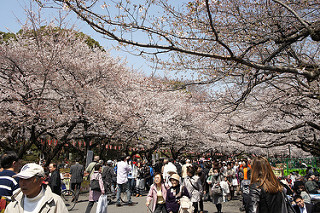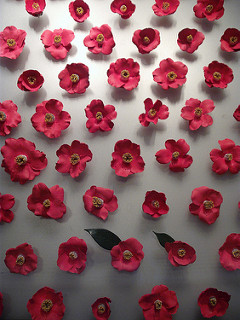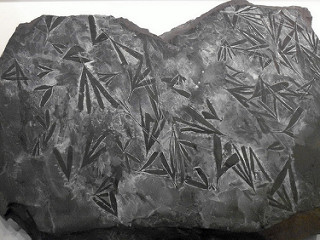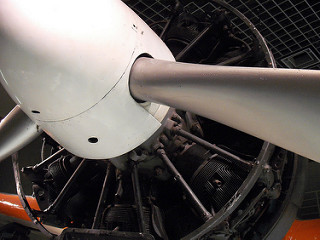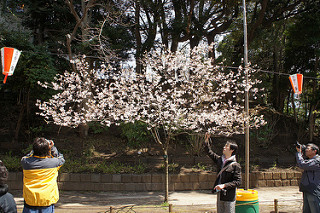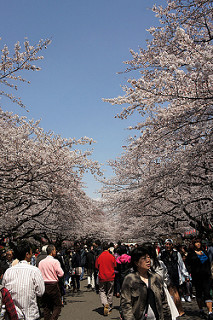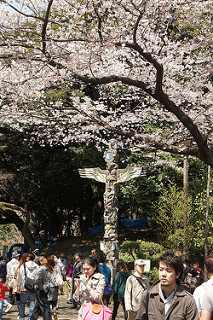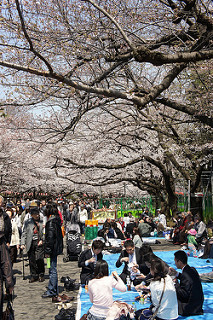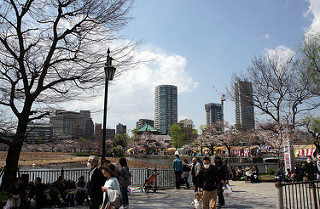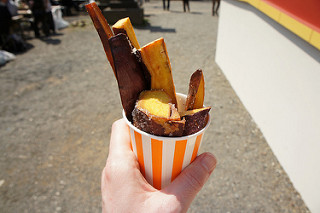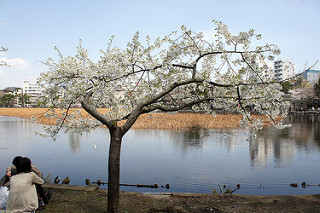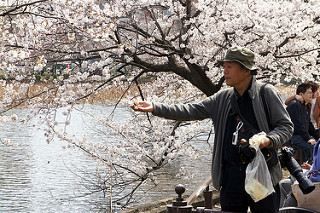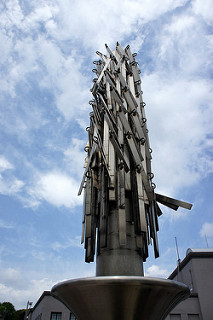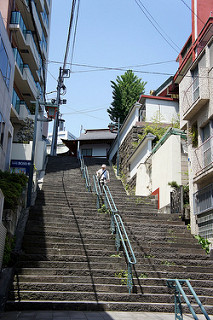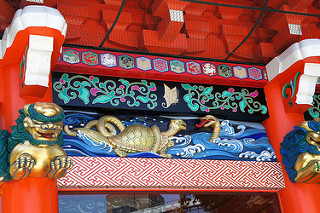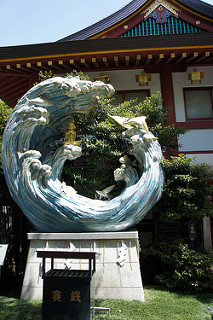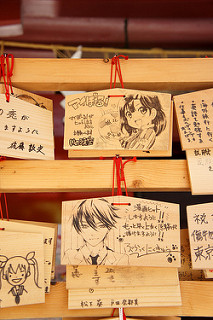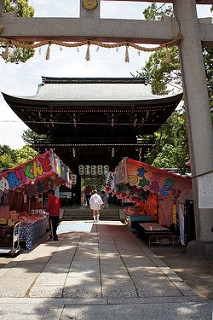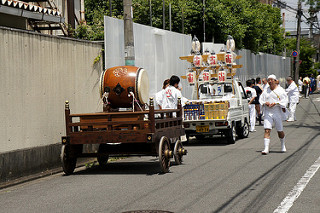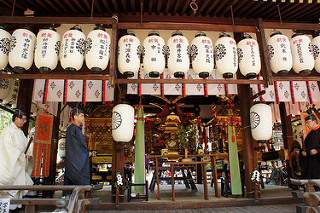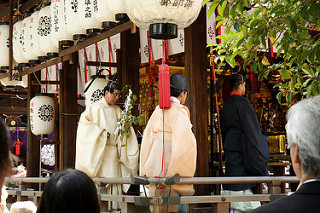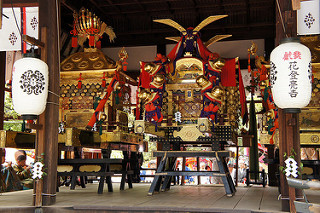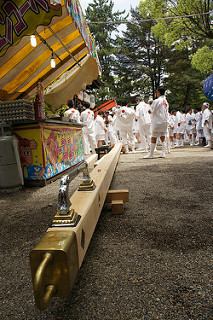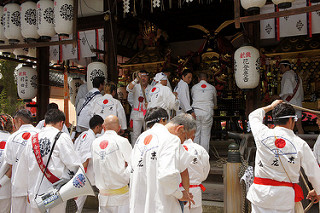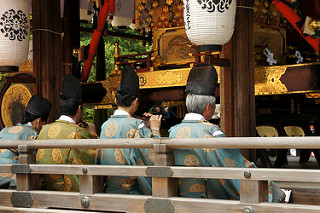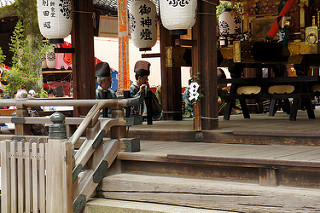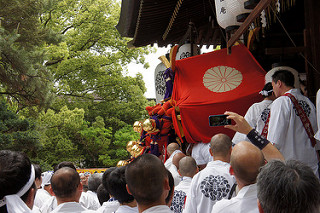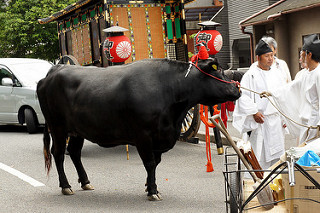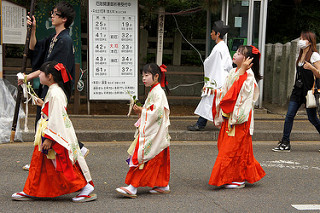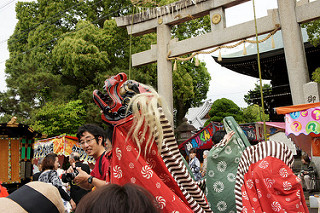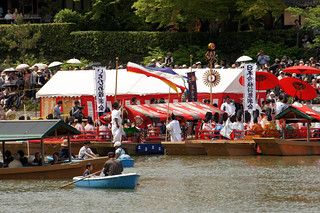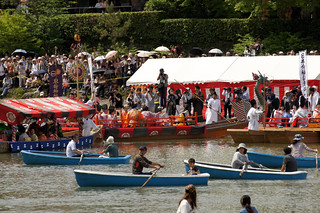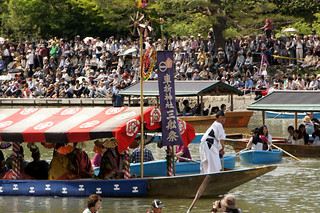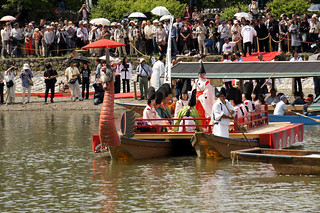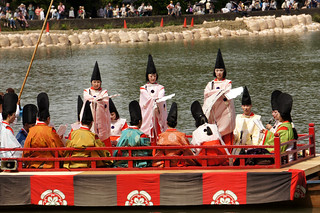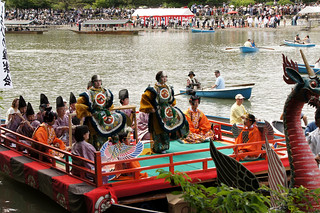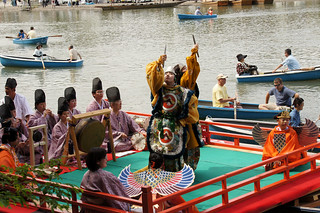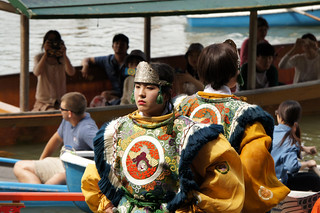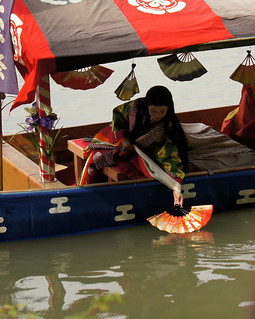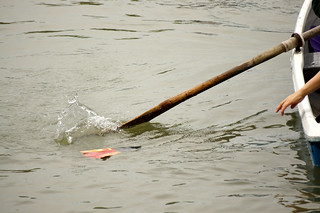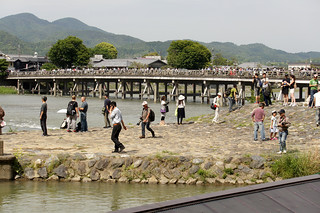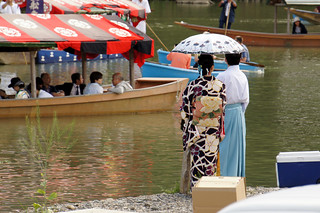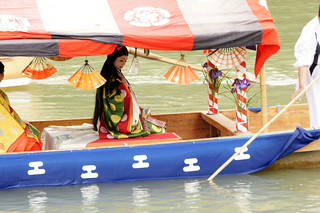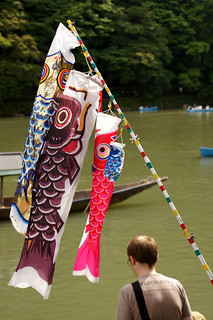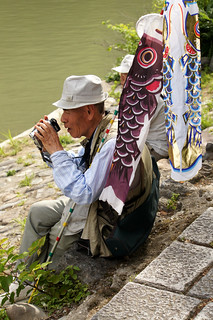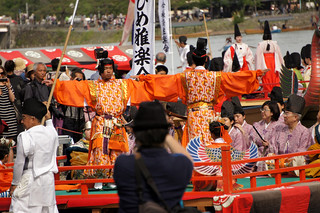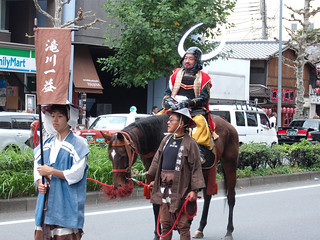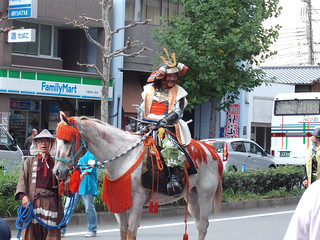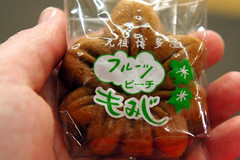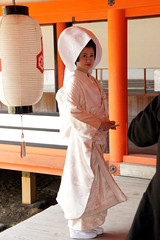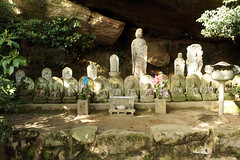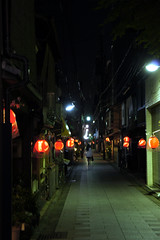Ueno is located in the old Shitamachi (下町) area of Tokyo, along with Asakusa. We have visited the area a couple of times on our trips to Japan, but have only scratched the surface of what the district has to offer.
The most famous part of Ueno is, of course, Ueno Park (上野公園), located alongside Ueno Station and famous for its cherry blossom in Spring.
Our first visit to Ueno was in October 2010 when, on a particularly rainy day, we decided to follow our visit to the Drum Museum in Asakusa with a trip to the National Museum of Nature and Science.
I work in a science and industry museum and I’m always interested to see how other countries approach science in their museums. By far my favourite science museum is Miraikan, which seems to get the balance between learning and fun just right. The National Museum of Nature and Science is a mix of the Natural History Museum and the Science Museum in London. It’s an integrated museum with a satellite site out at the Tsukuba Research Centre. We only visited the main museum building in Ueno Park, but I want to visit the Centre for the History of Japanese Industrial Technology as well, one day.
The main museum is split into two galleries. The Japan Gallery presents the natural history of the Japanese islands, as well as an introduction to the scientific instruments used to observe nature in Japan. The Global Gallery presents natural history across the planet, mixed in with a celebration of Japanese scientists and an exploration of how science and technology has progressed in Japan, compared with other nations.
We mainly explored the Japan Gallery on our trip. It was interesting to learn how people have adapted to the environment in Japan over the centuries, and how they have used science to understand the nature of Japan. I particularly liked the chronometers, celestial globes and seismographs, one of which preserves a recording of the Great Kanto Earthquake.
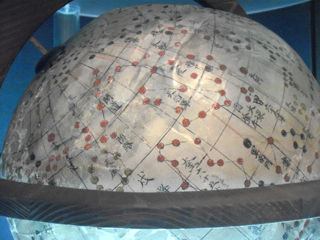
The natural history displays were interesting, particularly the displays of flowers, fossilised plants and insects.
The museum is pretty big, and we were running out of time, so our visit to the Global Gallery focused on the Science and Innovation display. This featured similar objects to those collected and displayed at the museum where I work. The space seemed a little stark, and a lot of the interactives were broken. It was interesting to see the industrial machinery, aviation and computing displays, though, and particularly nice to see the Manchester Mark I computer given a name check!


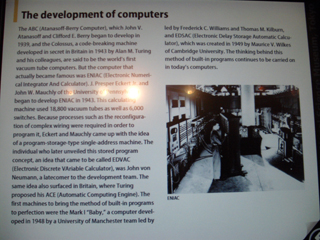

There was also a display of dinosaurs that we visited at the end. It was in a really small room, but the curators had done their best with the space. The path through brought you up close to the skeletons and replicas, so you got a sense of scale. It did feel cramped and jumbled, though.
There are other museums in Ueno Park, including Tokyo National Museum and the National Museum of Western Art, neither of which we have visited yet. There’s a zoo in the park as well, if captive animals float your boat.
We did a bit of cherry blossom viewing in Ueno Park, in April 2012, and had a wander around Shinobazu Pond. The Park is beautiful and very busy in cherry blossom season. The April day we visited was a sunny one, but not particularly warm. The park was filling up with people by the time we arrived. At the southern entrance to the park, close to Ueno Station, there is a cherry tree with a large inscribed rock sitting under it. It seems to be something to do with a Rotary Club.
We took the tree lined path north from this stone, past a display of lanterns for the Ueno Sakura Matsuri (Ueno Cherry Festival).
We somehow missed the statue of Saigo Takamori, one of the generals who fought in the Battle of Ueno which destroyed most of the buildings previously on the site the park now occupies. The Battle of Ueno was part of the brief civil war that followed the Meiji Restoration. Supporters of the overthrown Shogun fought the army of the restored Emperor in the grounds of Kaneiji Temple, which was a family shrine for the Tokugawa Shoguns. Most of the temple was destroyed, and the land became the property of the city of Tokyo. Ueno Park was established in 1873 and was gifted to the people in 1924 in celebration of Prince Hirohito’s marriage. The park’s official name is Ueno Onshi Koen (上野恩賜公園), or Ueno Imperial Gift Park.
The walk up through the cherry trees was very pretty, and full of Tokyoites and other tourists taking photographs. I particularly liked the starkness of the branches against the froth of the cherry blossom, and the way the branches seem to have been trained to give a zigzag effect.
There were plenty of people having blossom viewing picnics, and tarpaulins were laid out and marked with names ready for evening picnics. On group of people had an enormous banquet – plate upon plate of food, arranged in the middle of the tarp, with the people sitting in a ring around it. I would like to be more organised and have a picnic under the cherry blossom in Ueno Park!
After we’d walked the length of the avenue, we turned back and headed for Shinobazu Pond. Kaneiji Temple was modelled on Enryakuji Temple in Kyoto, which overlooks lake Biwako, which Shinobazu Pond is said to represent. An island in the middle of the pond is home to the Bentendo, or Hall of the goddess Benten. It’s the green-roofed structure in the picture below.
Part of the pond is reserved for the preservation of wildlife, but most of it is used as a boating lake, with swan shaped pedalos for hire. It being cherry blossom season, there were plenty of food stalls around, so we treated ourselves to a cup of salted sweet potato chips, which were delicious.
On our walk around the pond, one of the nicest sights we saw was a man feeding the birds from the nature reserve. Some of the birds were bold enough to eat straight from his hand, and he was whistling to them to bring them to him. We stood and watched him for a while, and he happily let me take a photograph of him.
On our trip to Ueno Park in 2010, we paid a short visit to the Ameya Yokocho shopping street. It was disappointingly like Oldham Tommyfield market. I was expecting something more vibrant from the descriptions I’d read, but it was quite grey and drab. Perhaps because it was a wet day. I didn’t take any photographs because of the weather.
Our most recent visit to Ueno was on our walk from Akihabara over to the Sky Tree in May 2015. We decided to go to Asakusa via Iriya so that we could make a reservation for dinner at Bon. This walk brought us up alongside Ueno Station, across a pavement in the sky. It was another aspect of Ueno to what we had seen before, and we discovered a chiming piece of public sculpture.
There is still lots for us to see and do in Ueno, and it is one of my favourite parts of Tokyo. I’m sure we’ll head back there one day and take in some of the other museums in Ueno Park, and explore more of the other sights the area has to offer.
